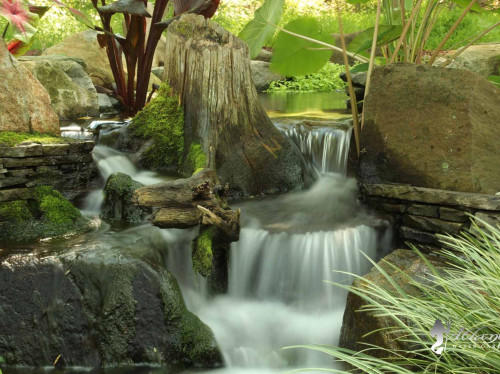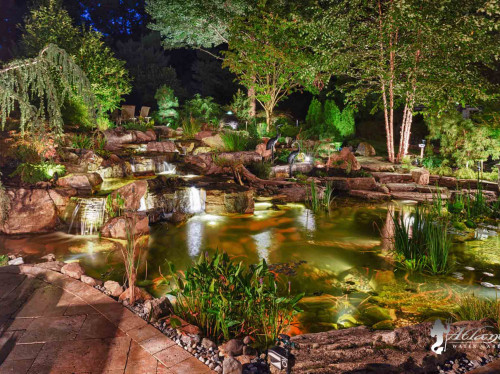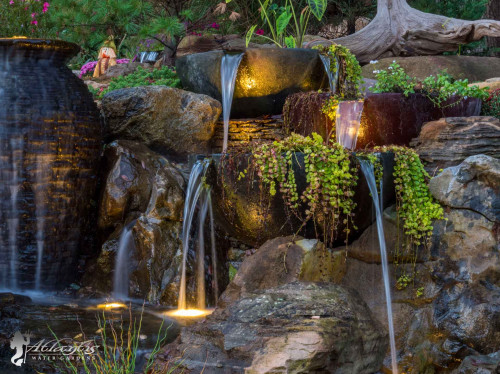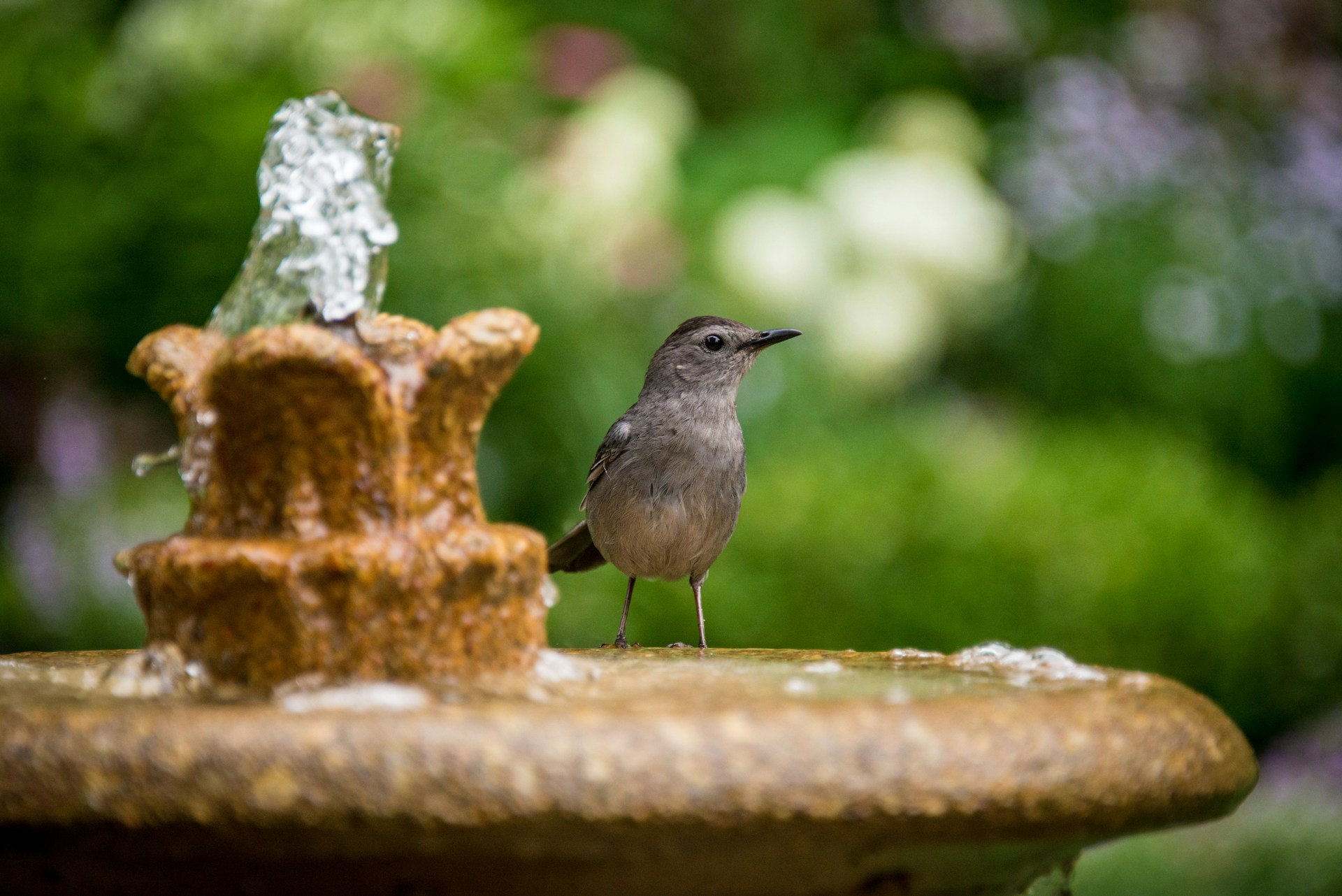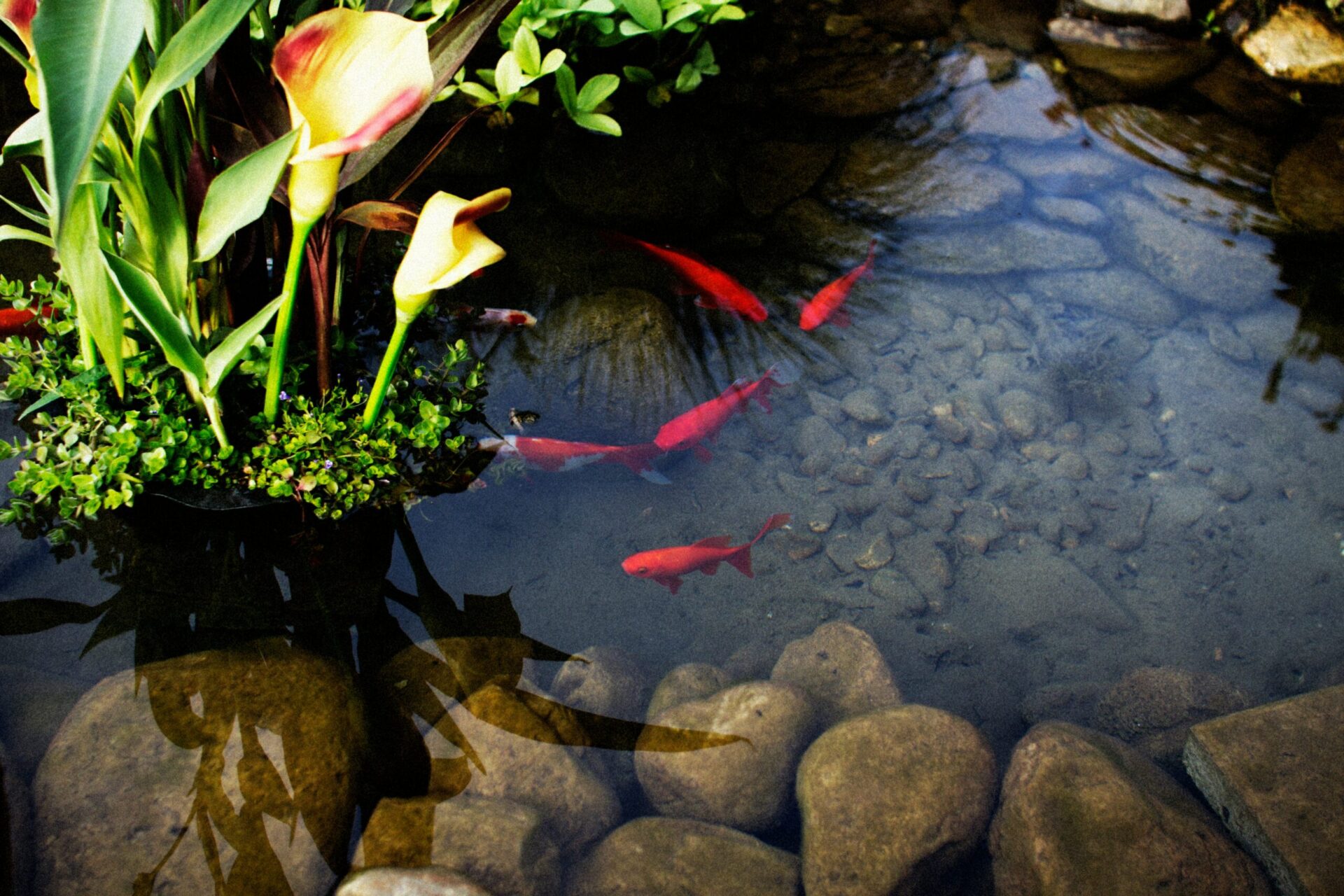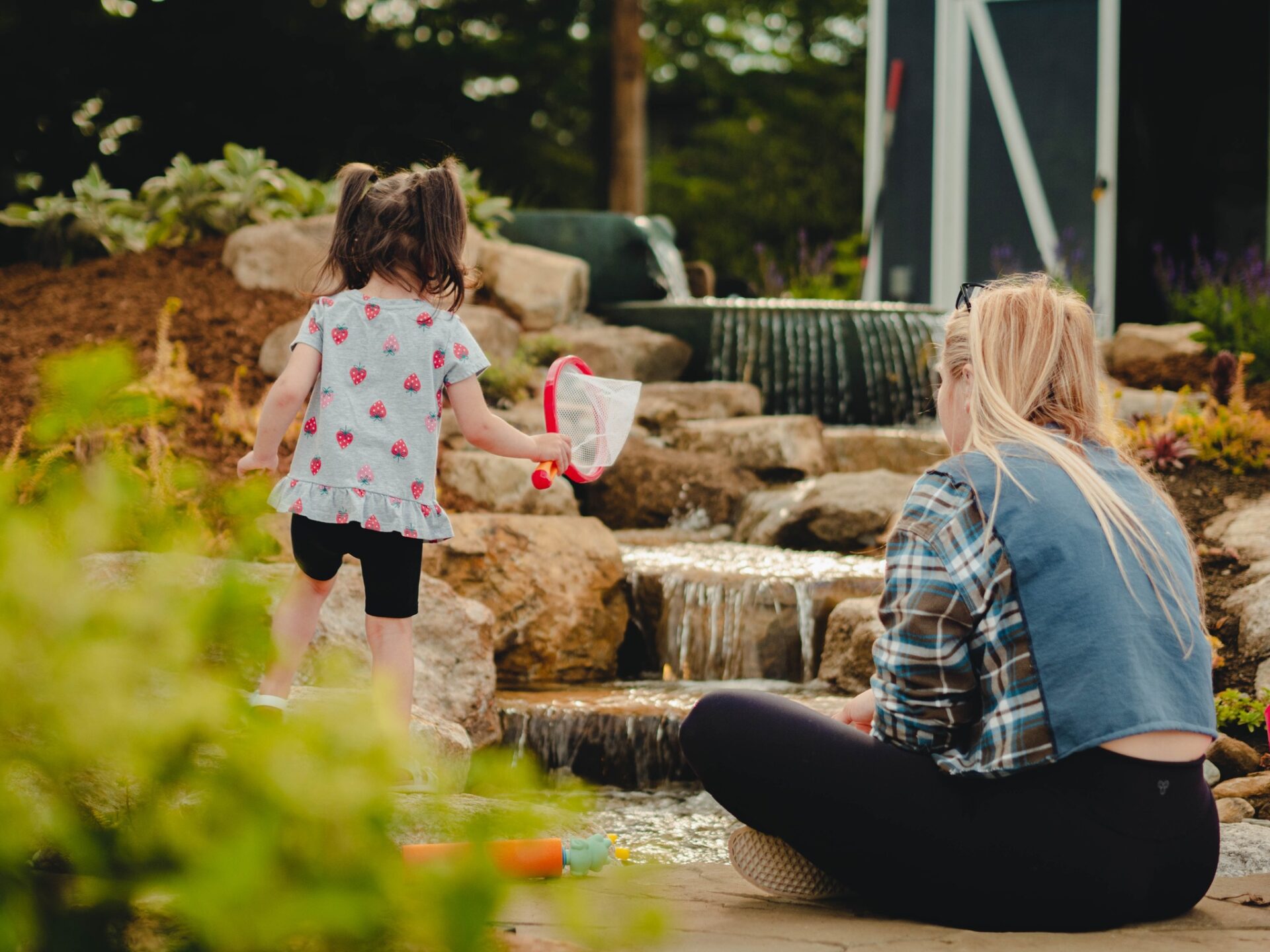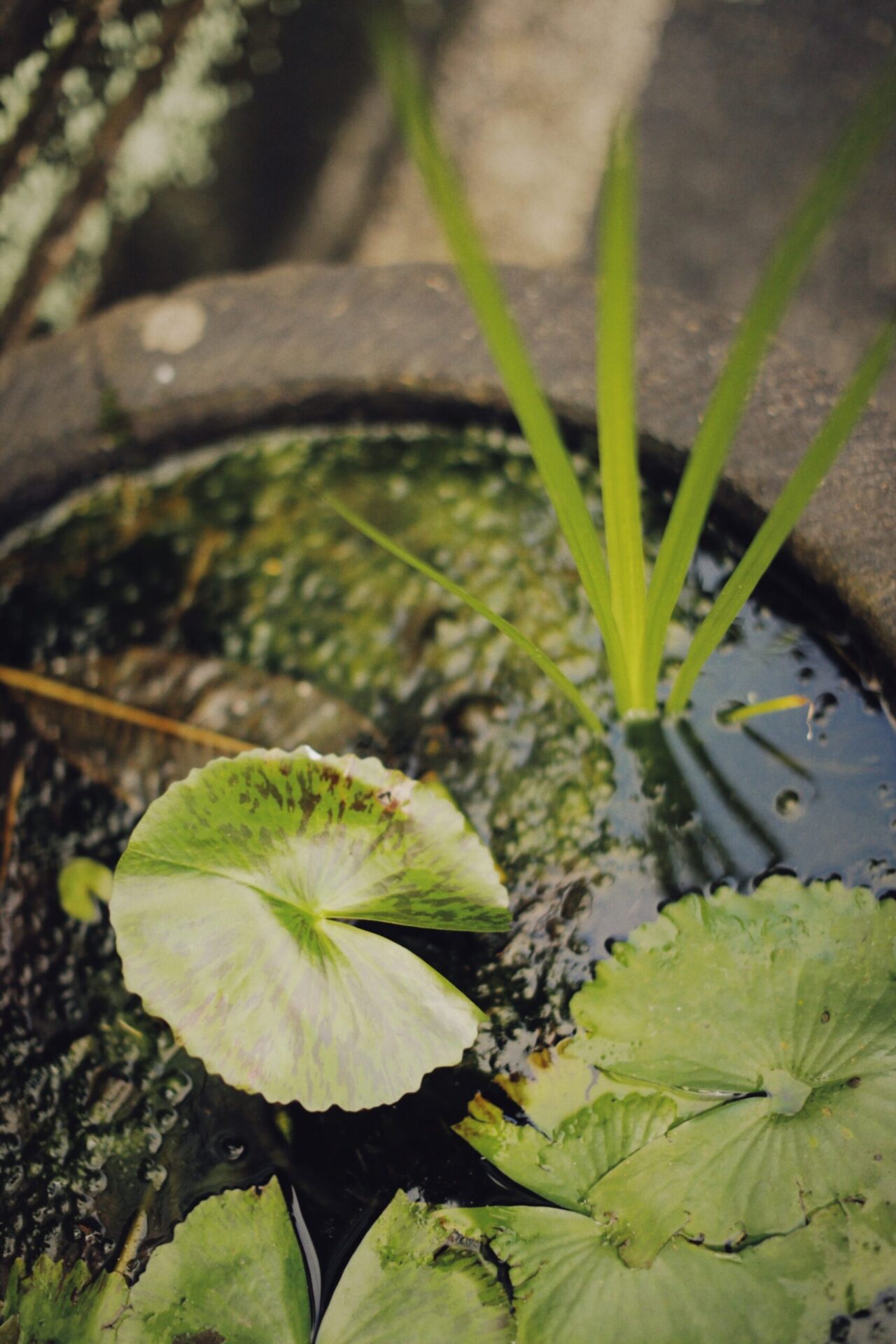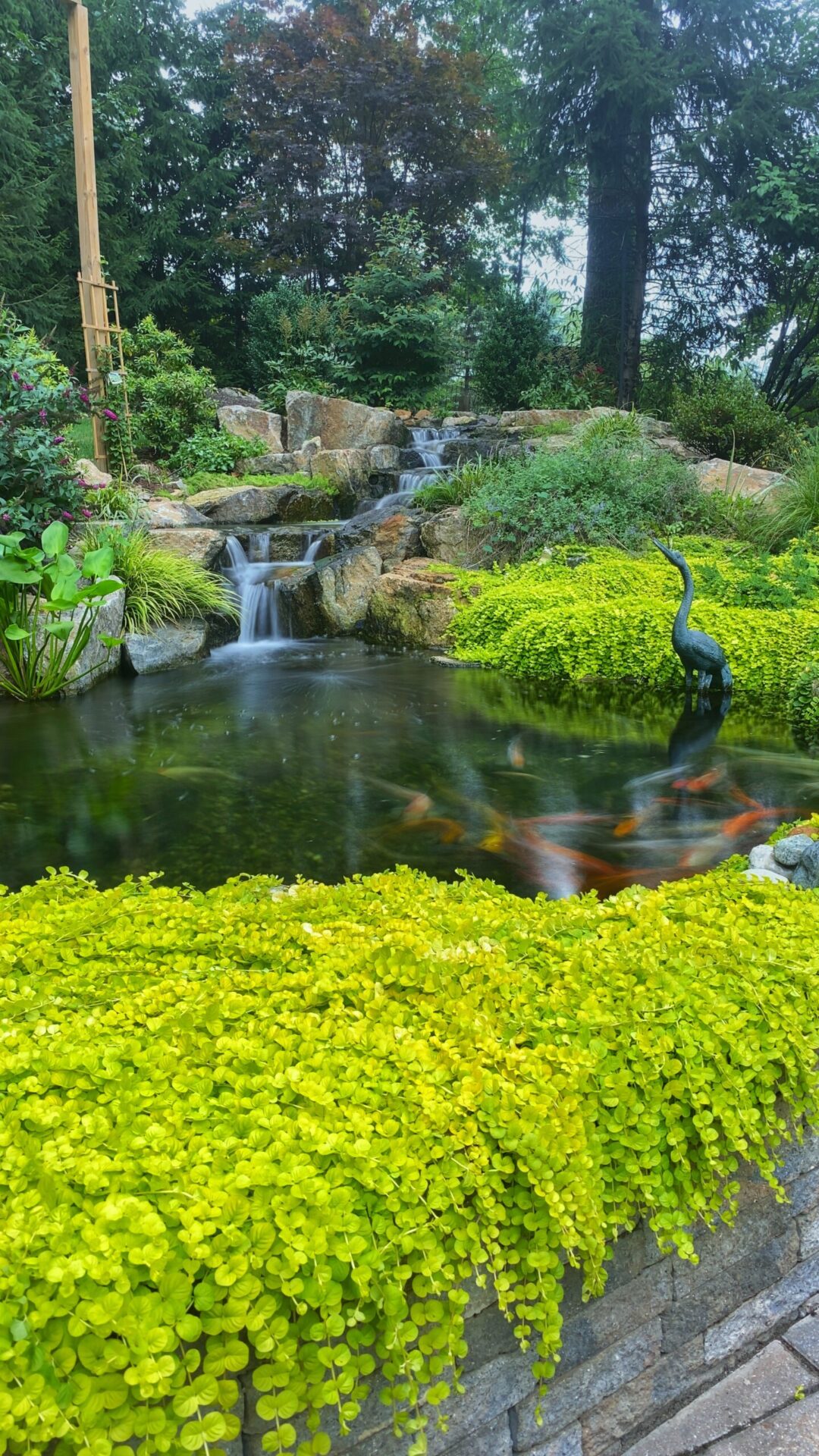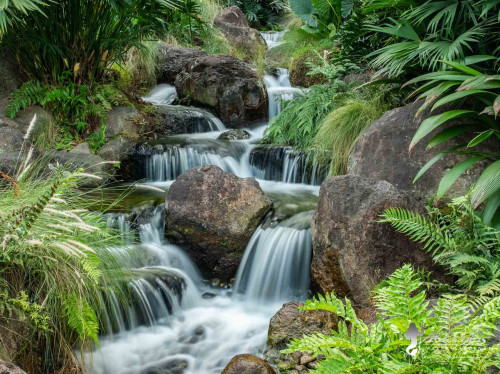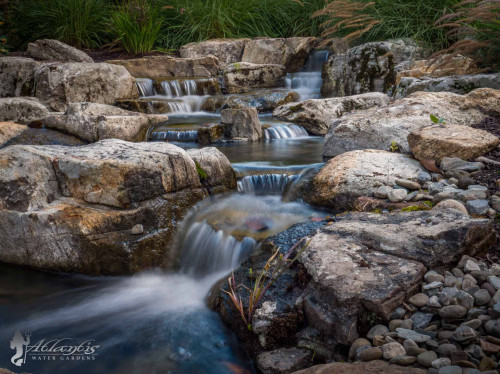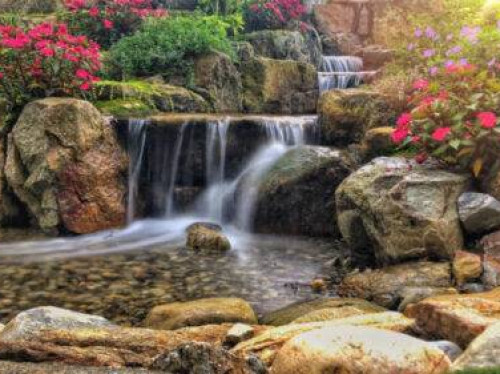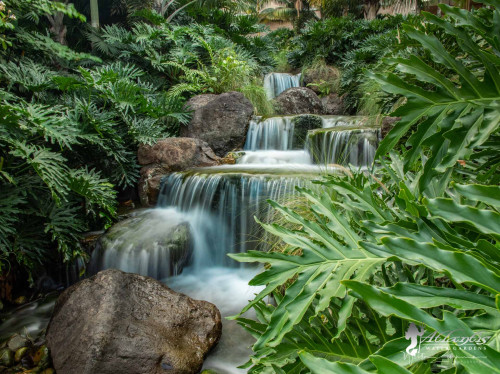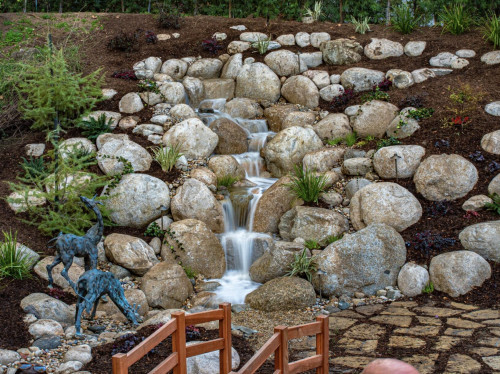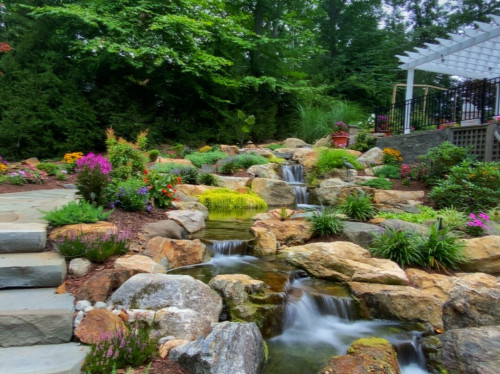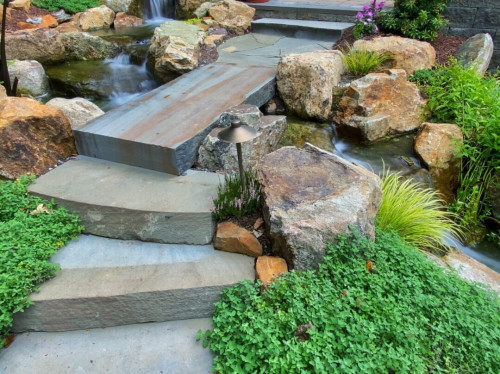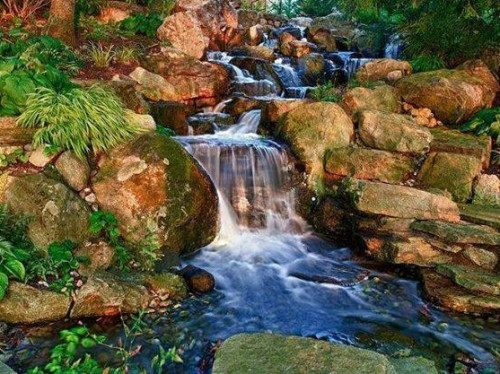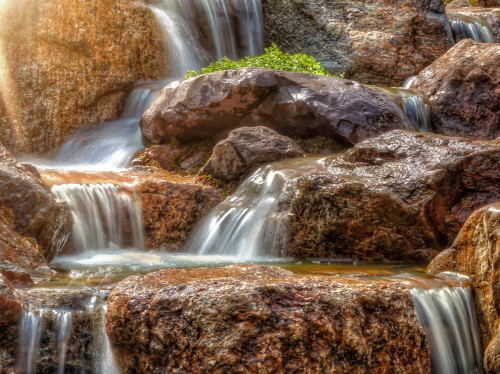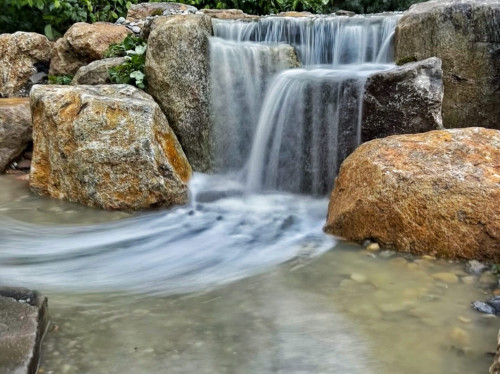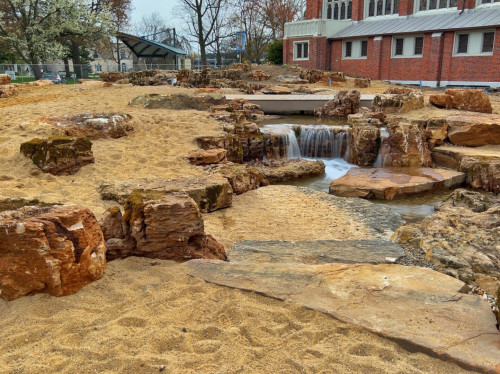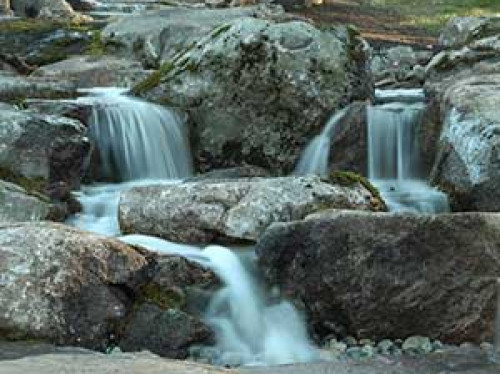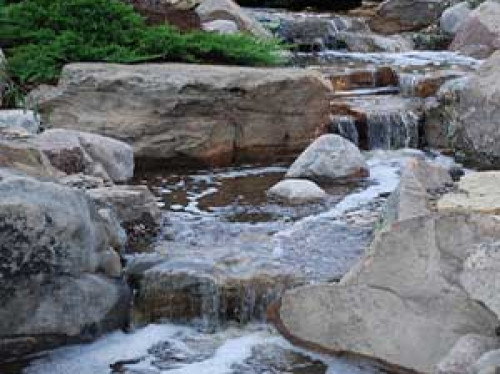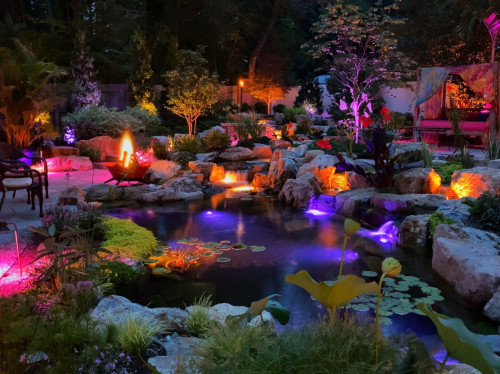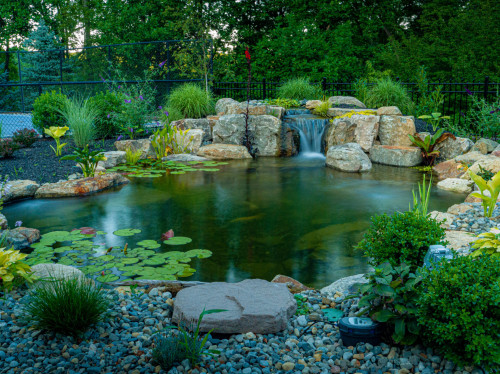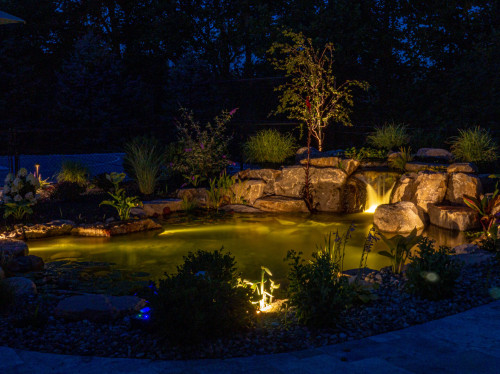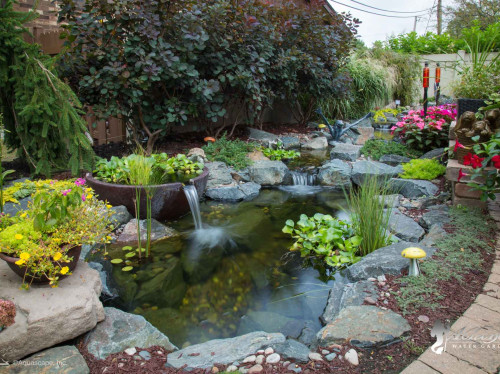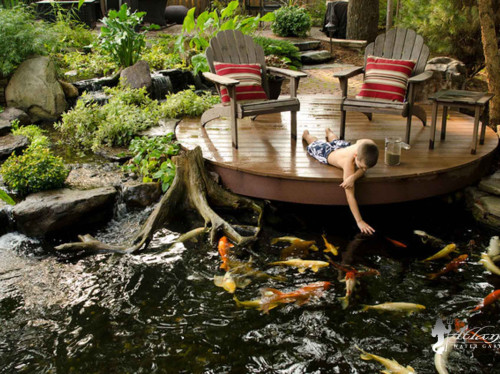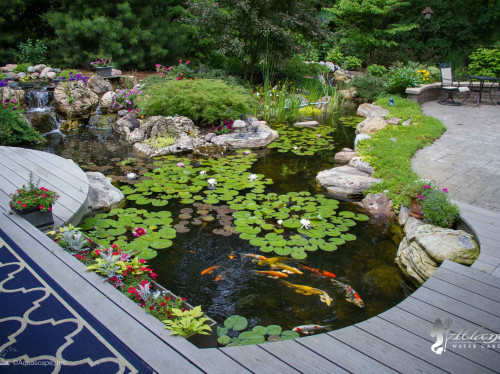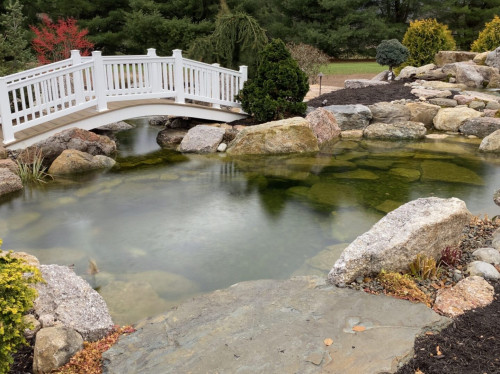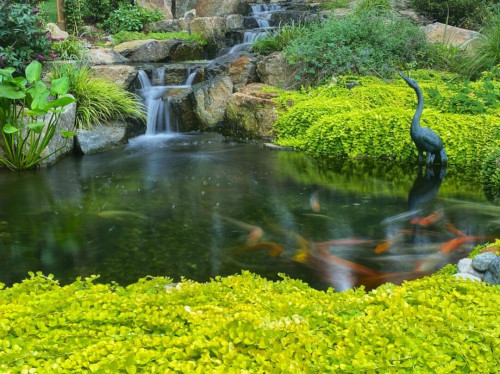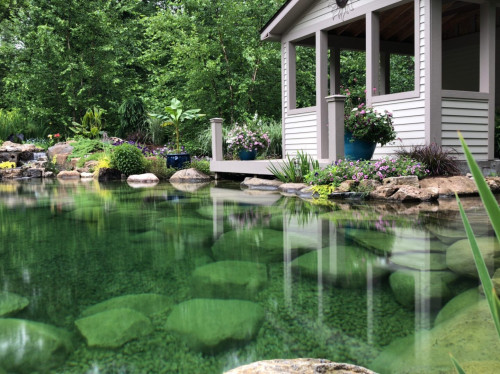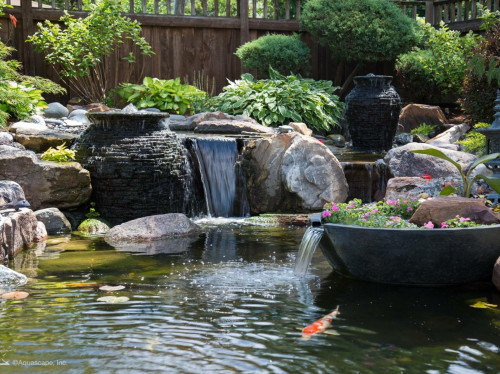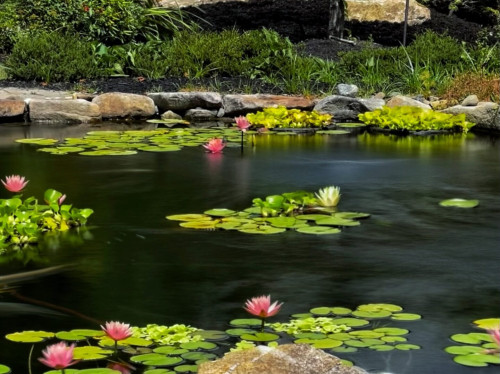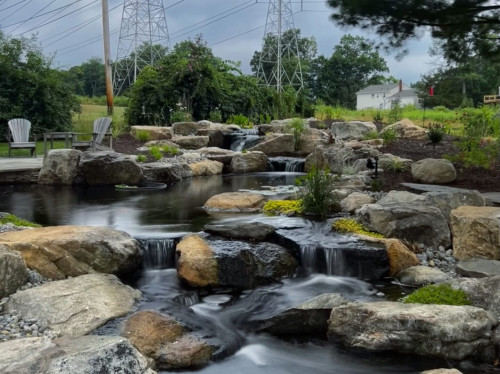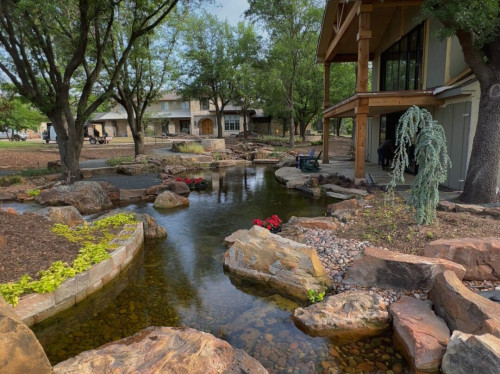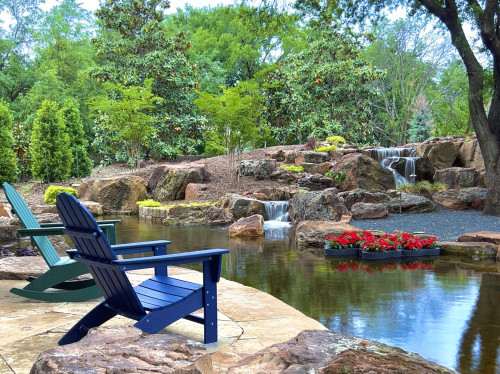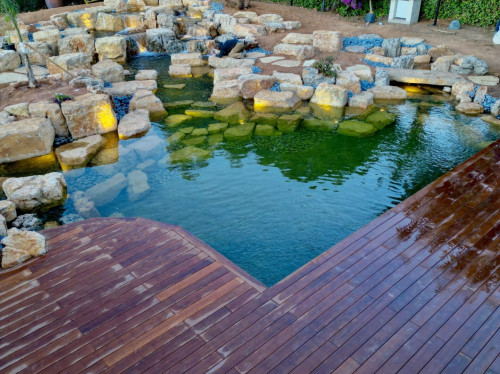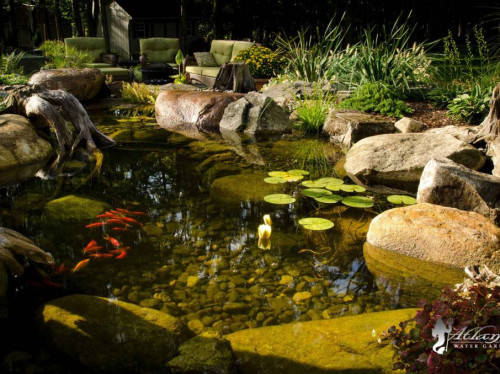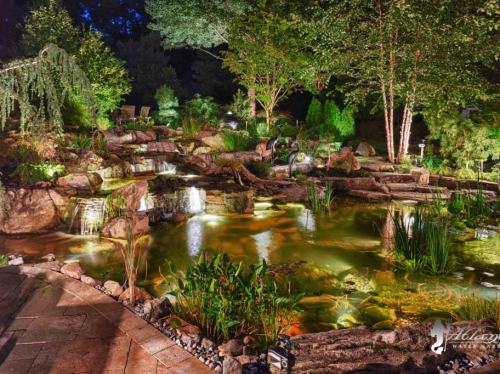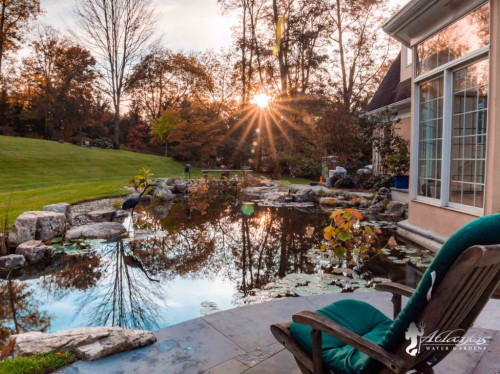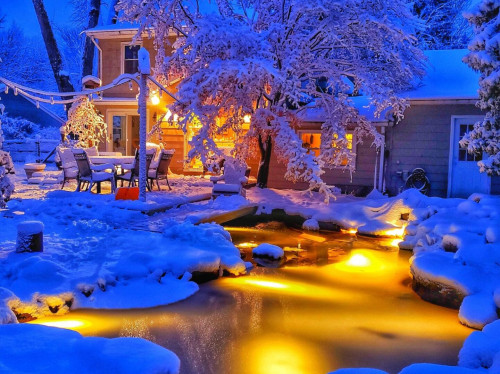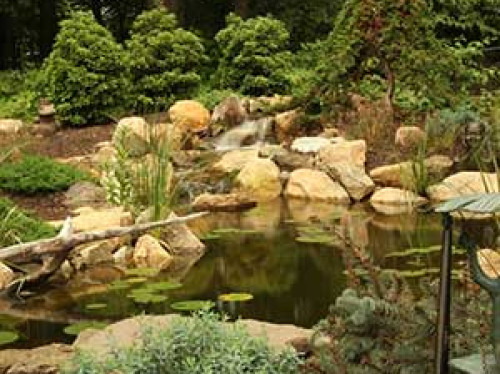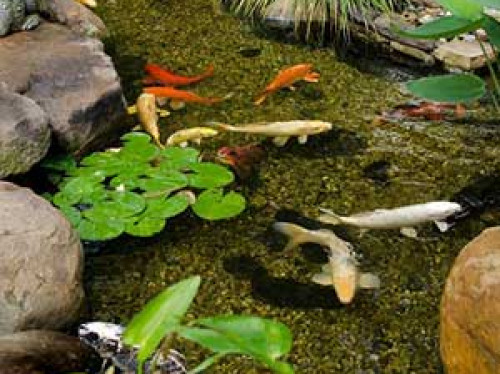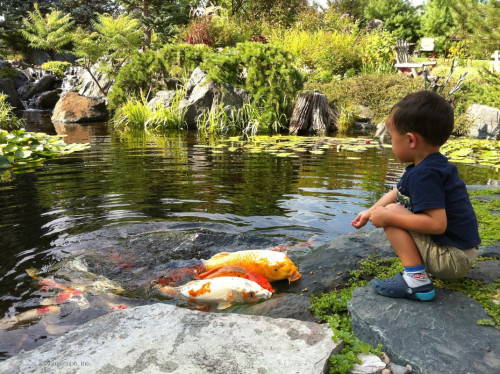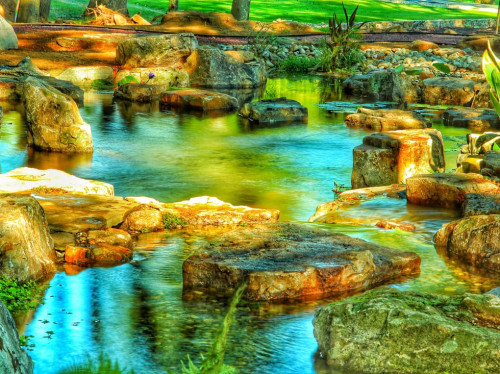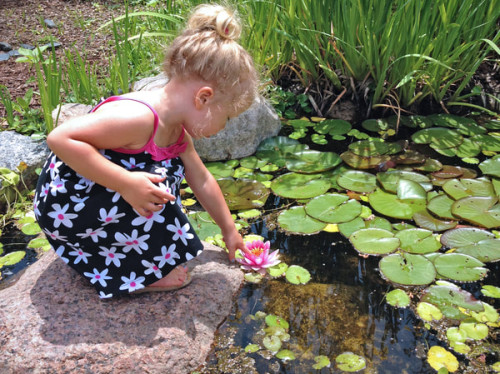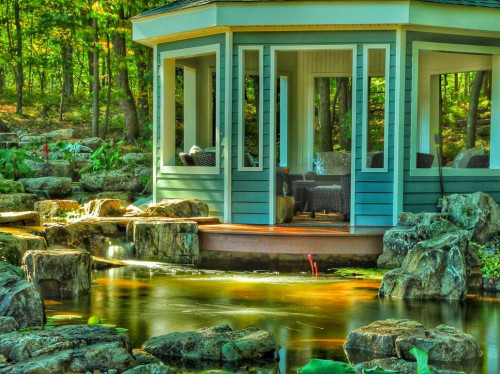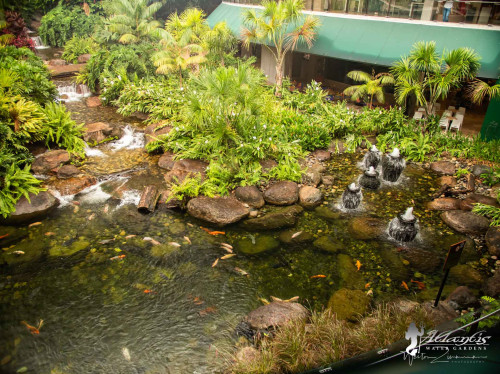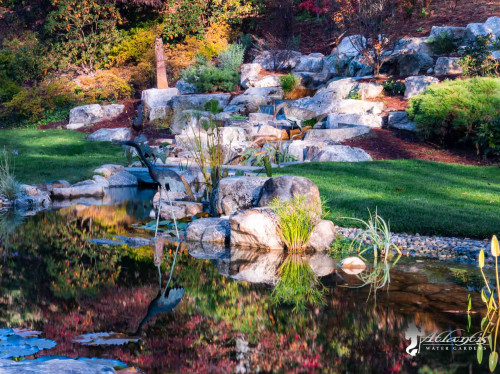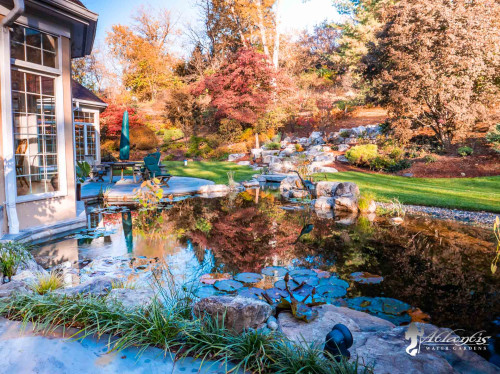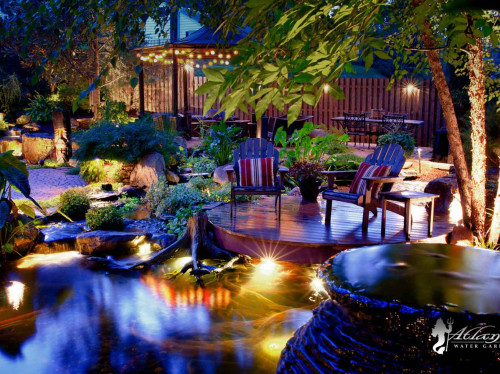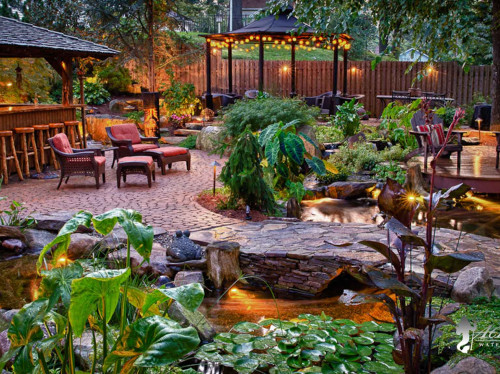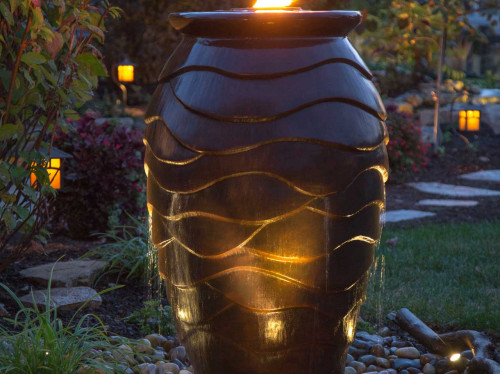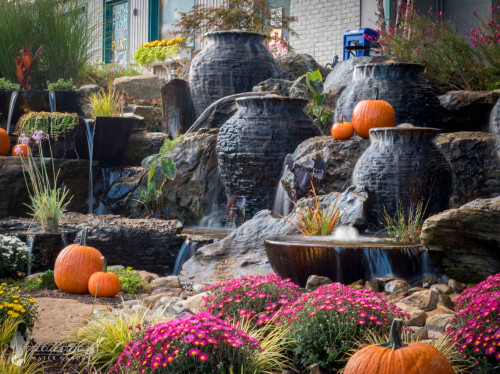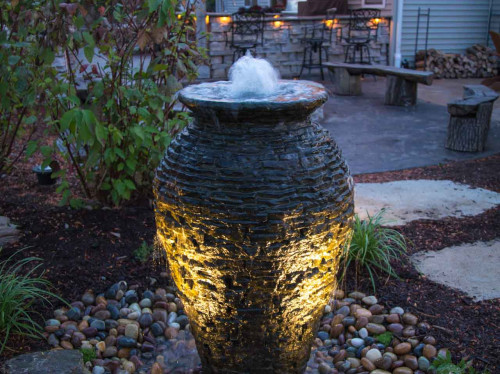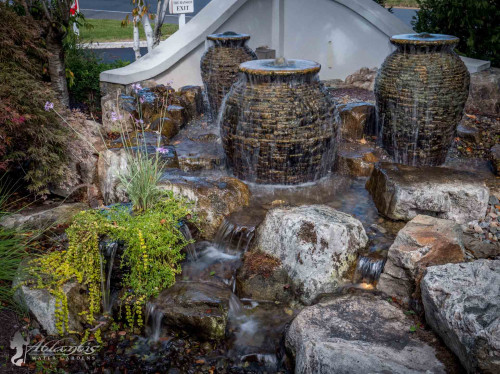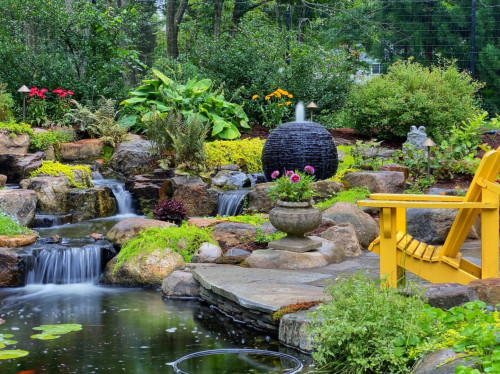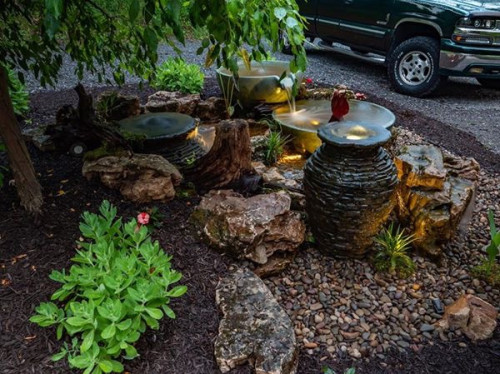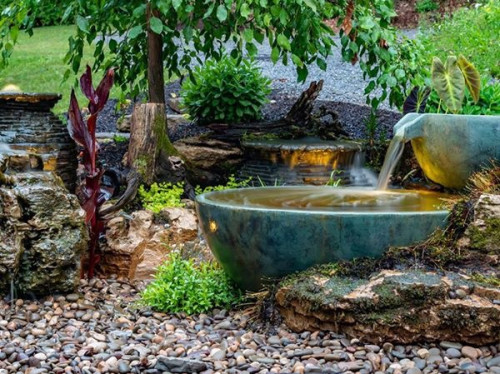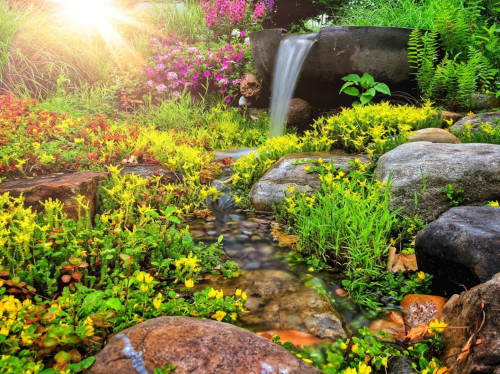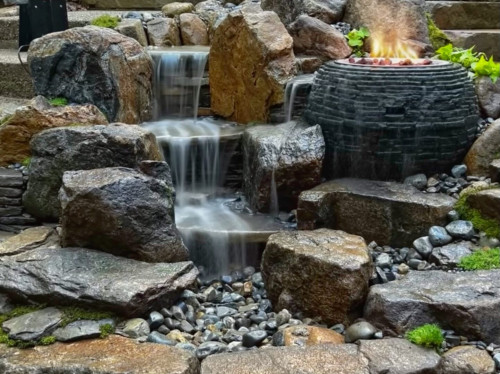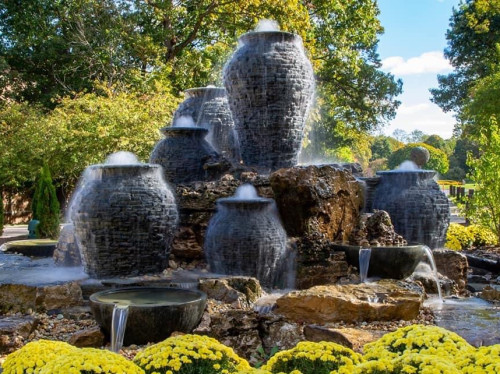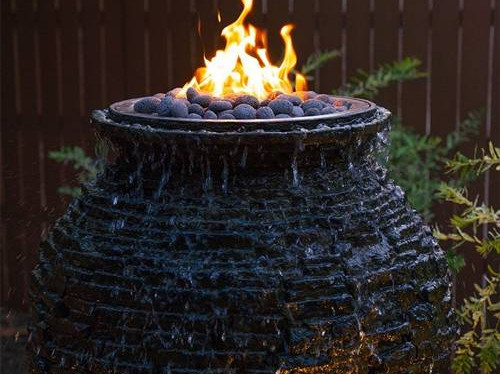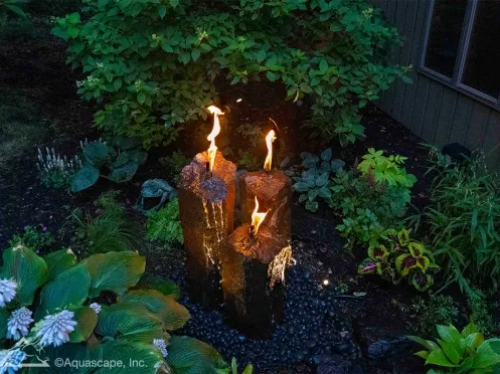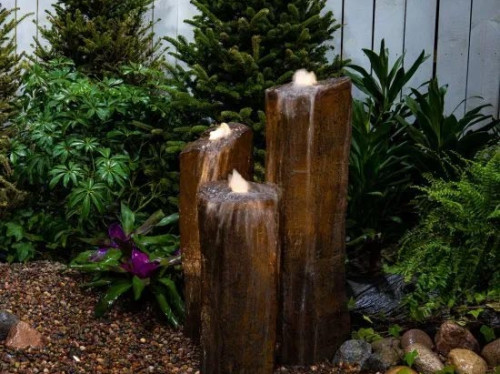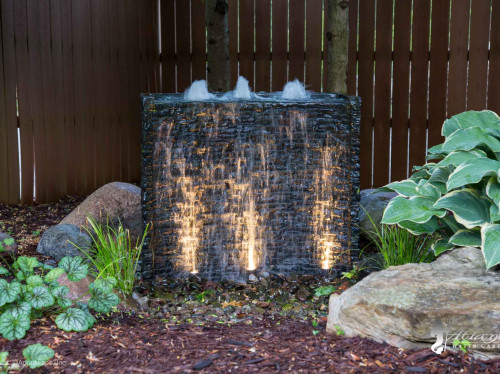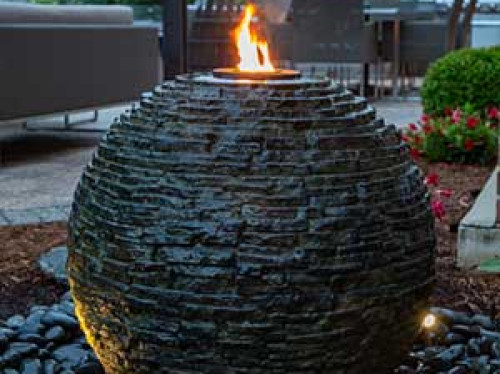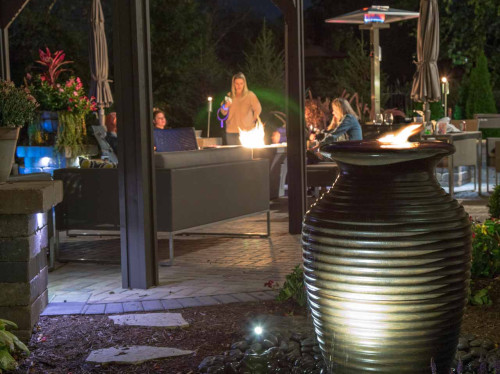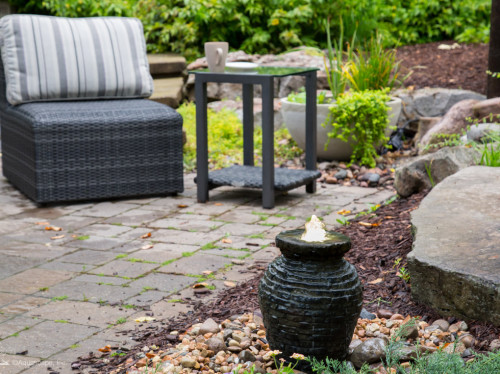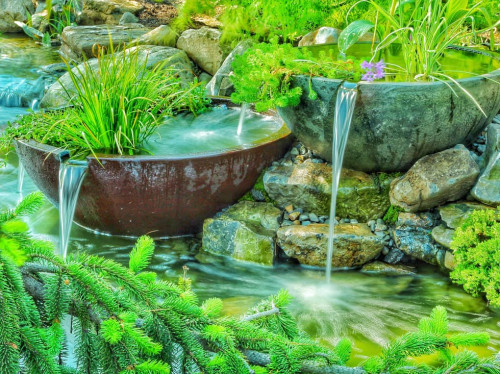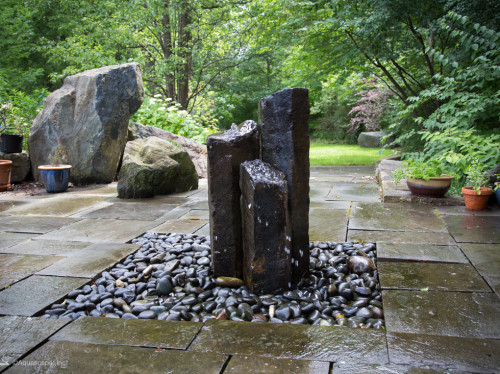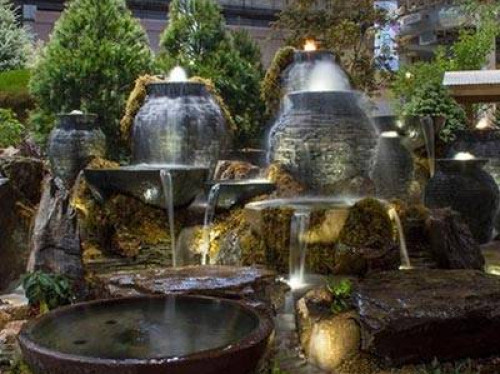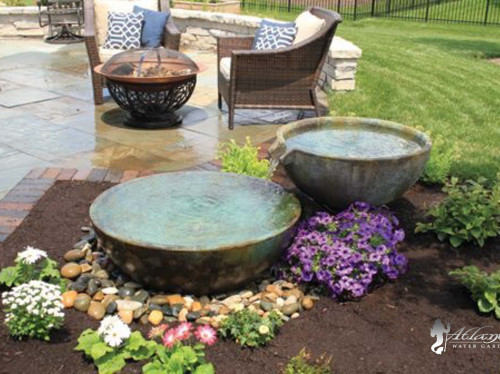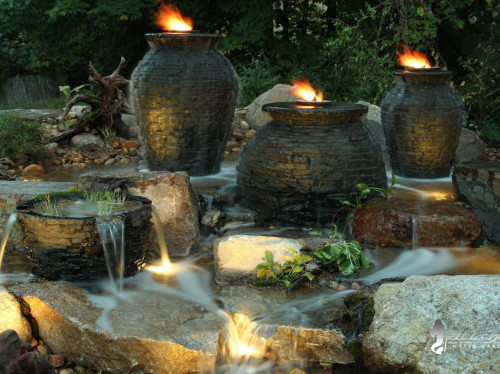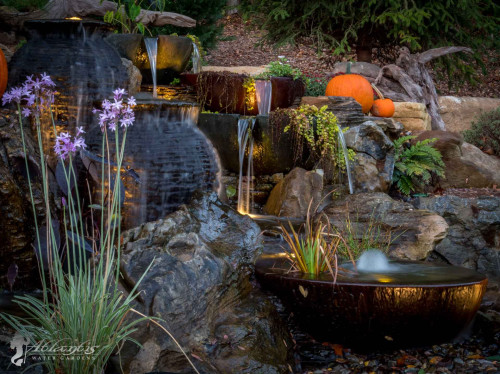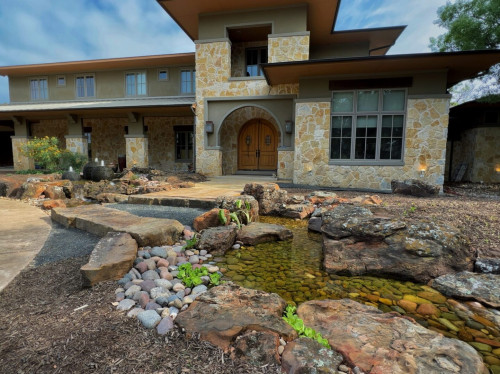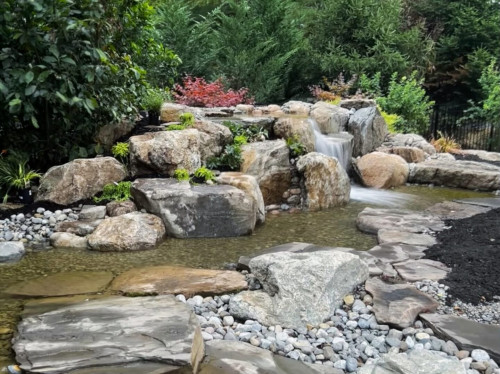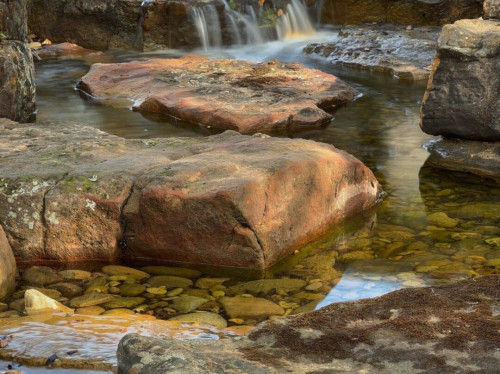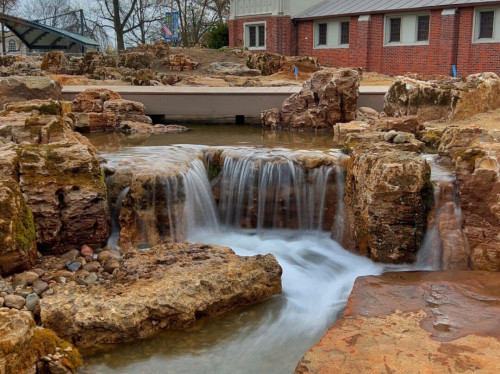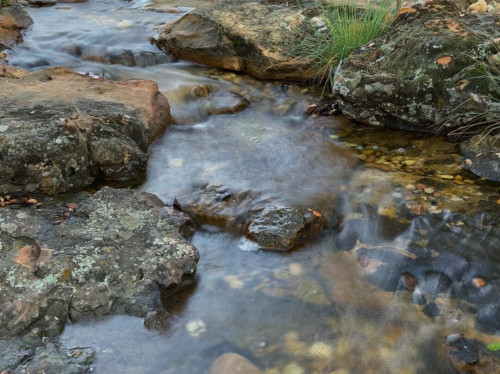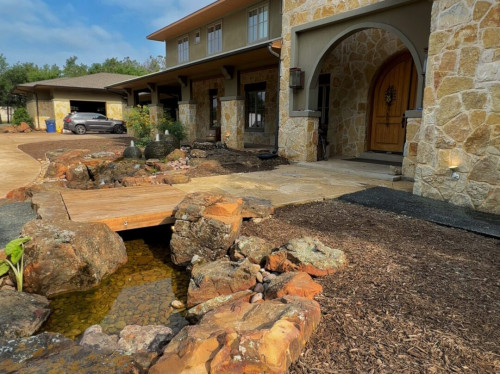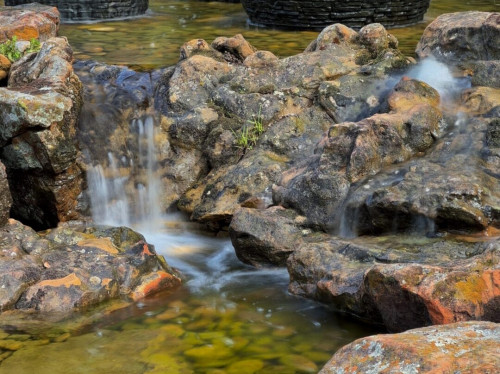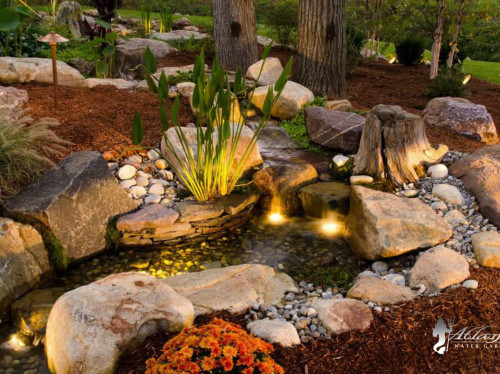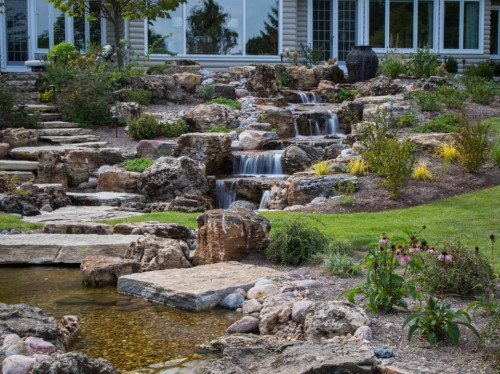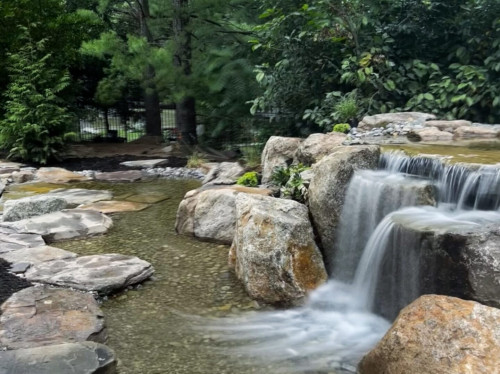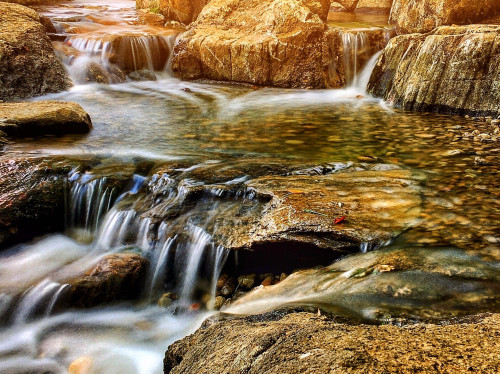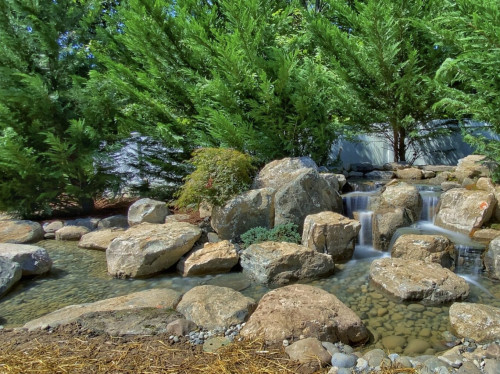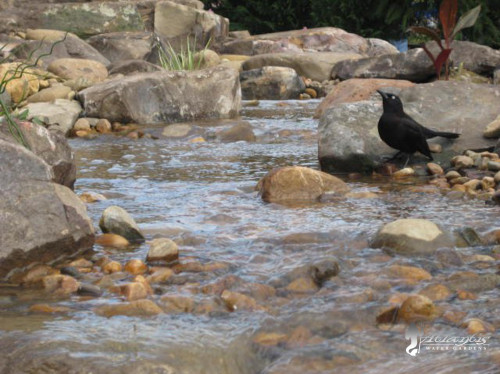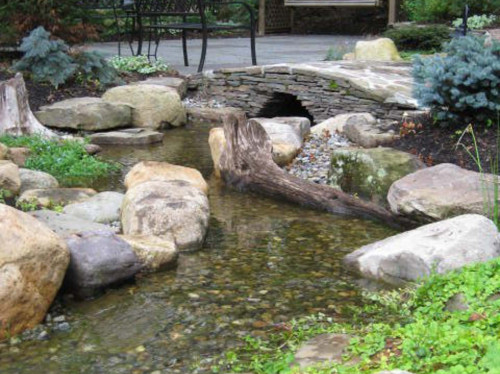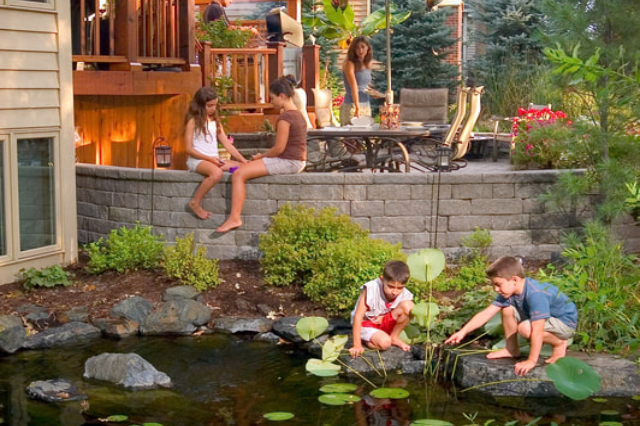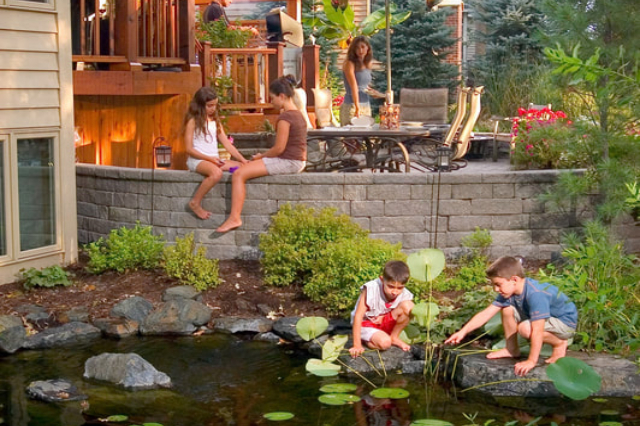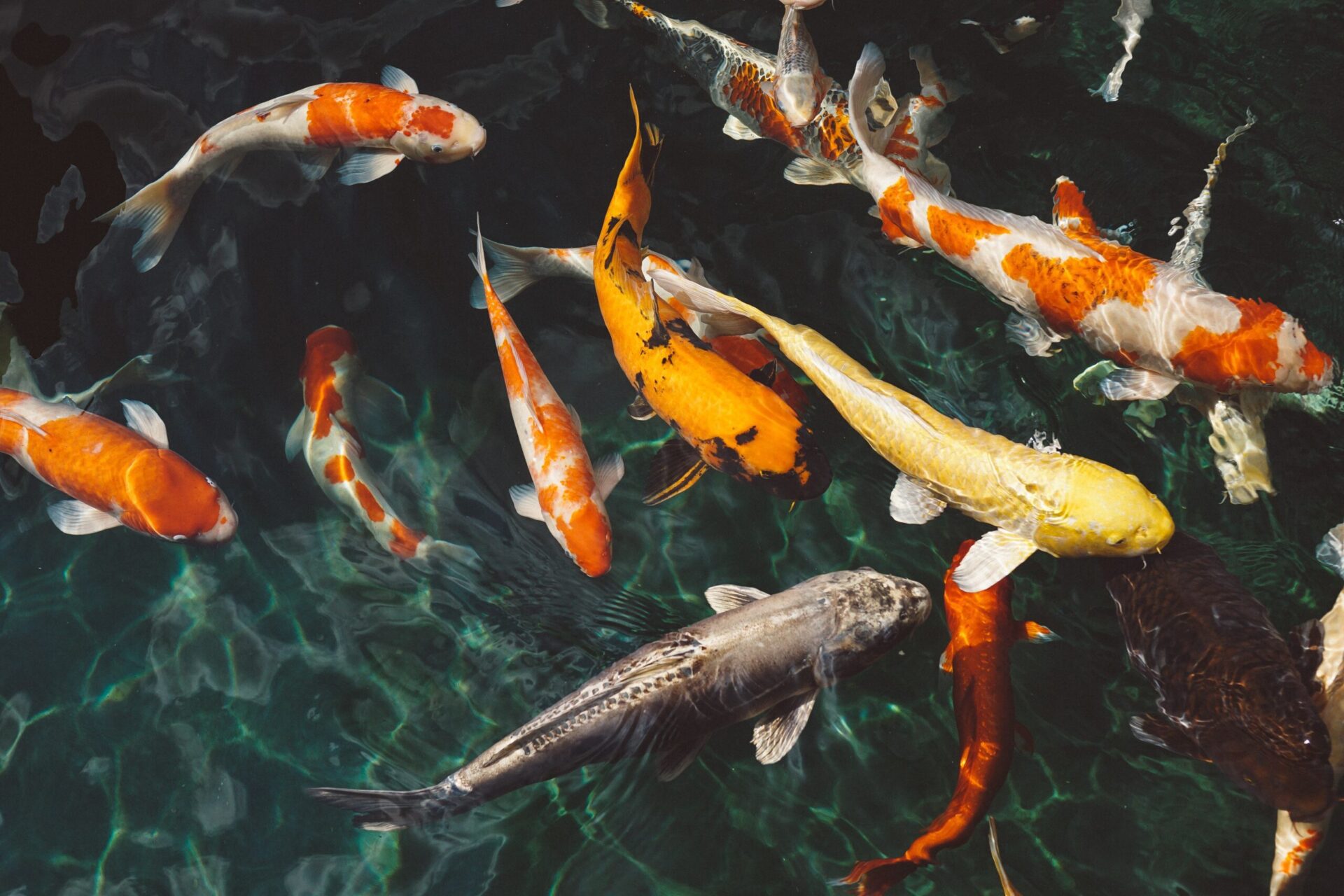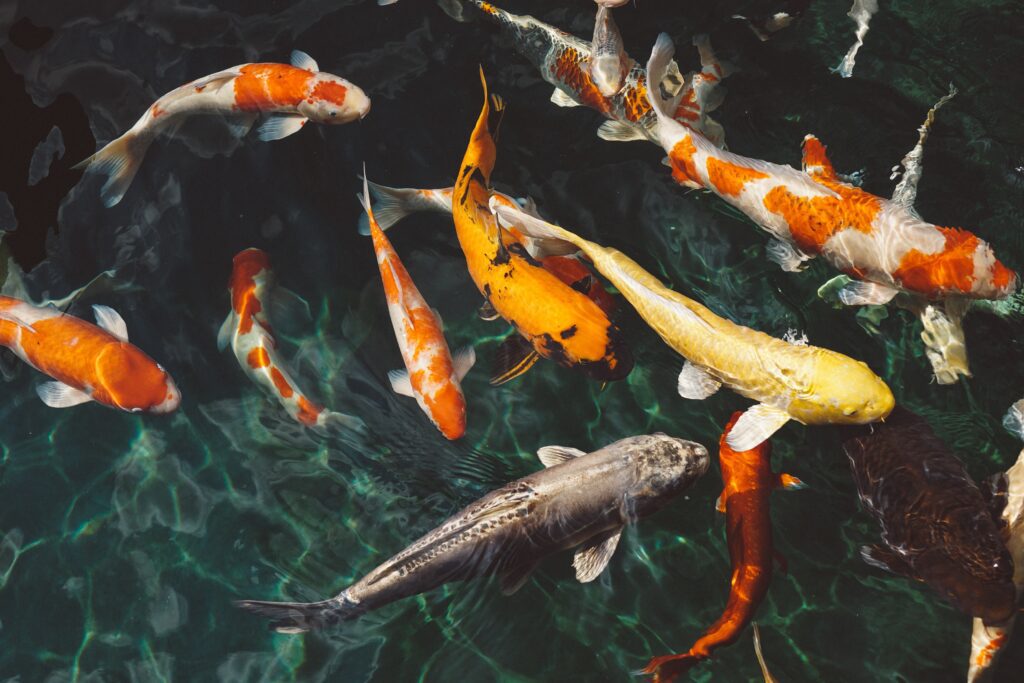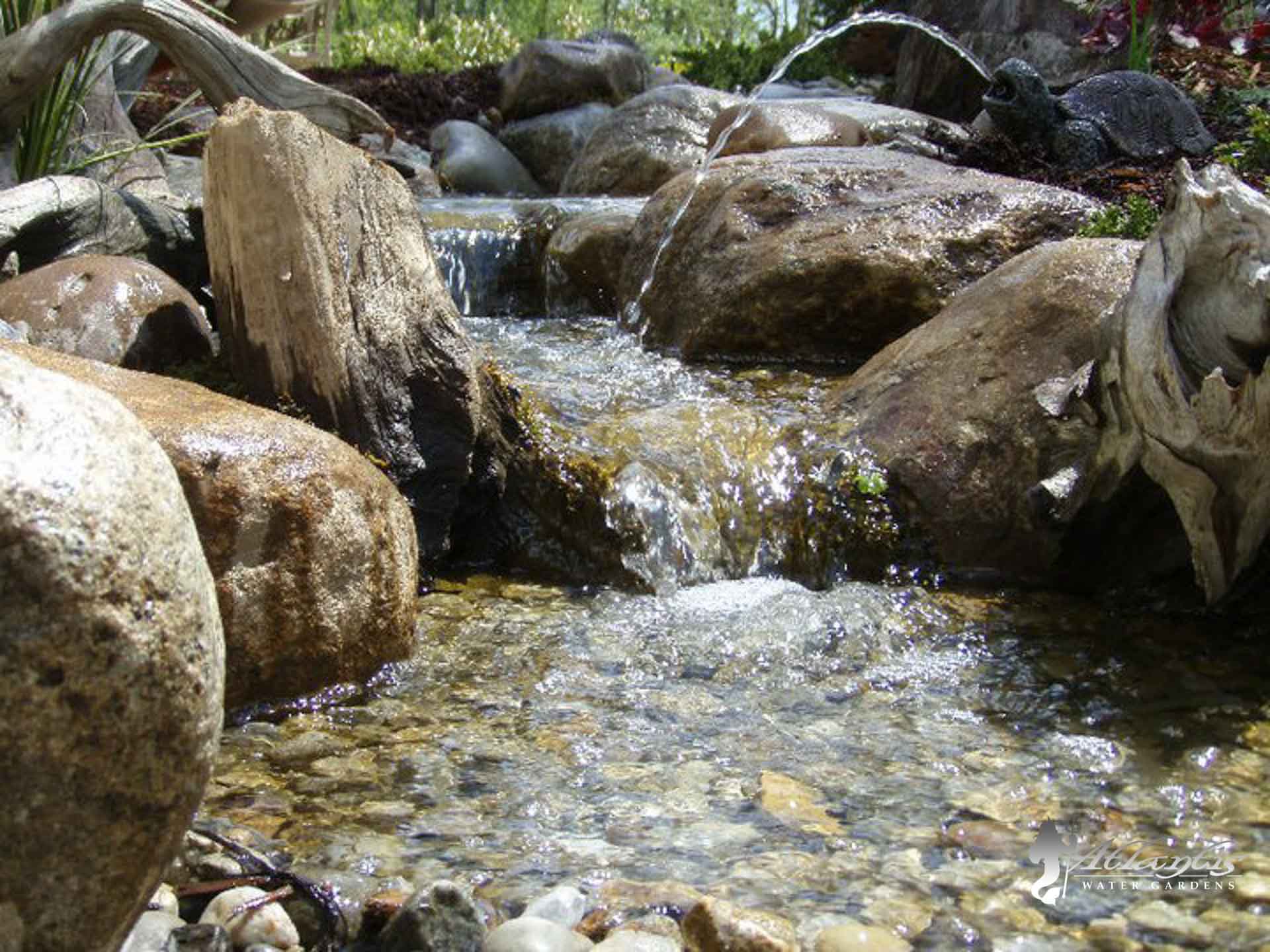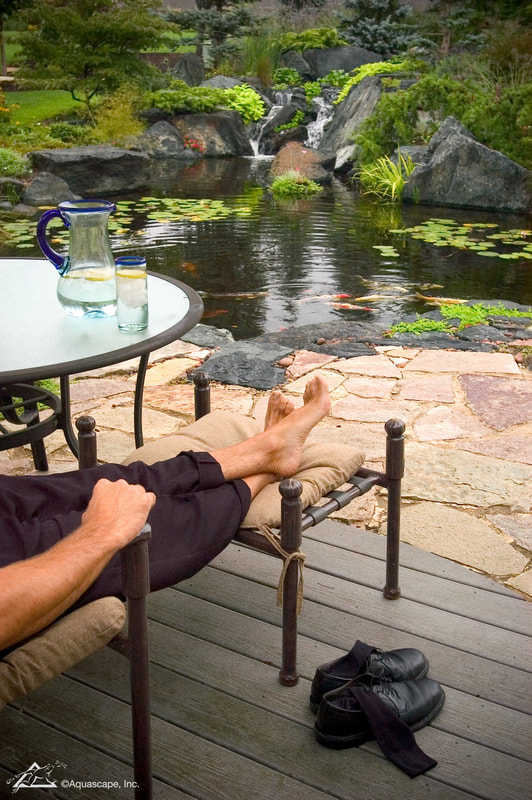In the heart of Randolph lies a hidden oasis, where the graceful dance of vibrant koi and the gentle murmur of flowing water create an enchanting symphony of serenity. If you are fortunate enough to have a koi pond gracing your property, you understand the unparalleled joy and tranquility it brings daily. However, maintaining the beauty and vitality of your water garden requires expertise and dedication, which is where a reputable koi pond company near me in Randolph comes into play.
1. Insulating Your Pond
Preventing freezing is the key to sustaining a koi pond through the colder months. Insulation is a crucial barrier against winter’s icy grip, helping retain heat and maintain a stable water temperature. Consider insulating covers or floating deicers to shield your pond from the chill. Additionally, insulating the surrounding area with materials like straw or foam board can provide extra protection against temperature fluctuations, ensuring the well-being of your aquatic inhabitants.
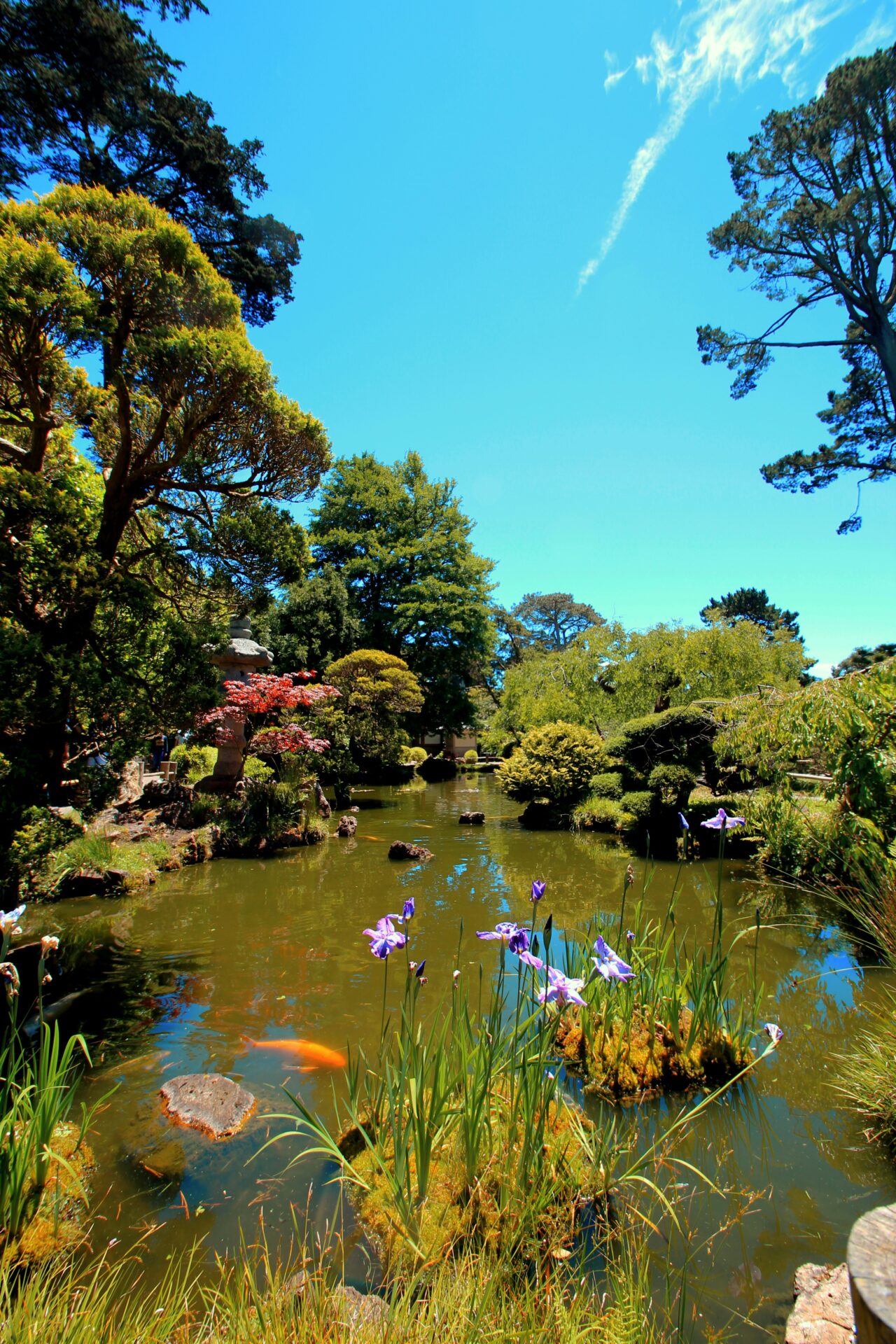
2. Harnessing Heating Systems
For koi pond aficionados in Randolph, heating systems can be a game-changer in extending the water garden season. Pond heaters, heat pumps, or even heated rocks are practical tools for maintaining a consistent water temperature and safeguarding your fish and plants from the harsh effects of winter. These systems prevent freezing and promote better oxygenation and circulation, which are essential for the health and vitality of your aquatic ecosystem.
3. Embracing Cold-Hardy Plants
While some aquatic plants may retreat into dormancy as temperatures drop, some varieties thrive in such conditions. Embrace the beauty of cold-hardy plants such as water lilies, lotus, and various types of grass, which add color and texture to your water garden even amidst the chill of autumn. These plants enhance the aesthetic appeal of your pond and provide vital oxygenation and filtration, contributing to a balanced and harmonious ecosystem.
4. Illuminating With Lighting Effects
As daylight wanes during the fall and winter months, proper lighting can accentuate the beauty of your water garden. LED lights strategically placed around the pond create stunning visual effects, illuminating water features, plants, and fish with a magical glow. Consider adding underwater lights to highlight your koi’s graceful movement and vibrant colors, transforming your pond into a captivating spectacle even after nightfall.
5. Monitoring Water Quality
Maintaining optimal water quality is paramount for the health and longevity of your koi pond, significantly when biological processes slow down in colder temperatures. Regularly test water parameters such as pH, ammonia, nitrite, and nitrate levels to ensure they remain within acceptable ranges. Utilize beneficial bacteria additives to support biological filtration and prevent the accumulation of harmful substances, providing a pristine environment for your aquatic companions.
6. Adjusting Feeding Habits
As the mercury drops, koi’s metabolic rate decreases, reducing appetite and digestion. Adjust your feeding routine accordingly, offering smaller, less frequent meals to prevent overfeeding and water pollution. Opt for high-quality, low-protein foods formulated explicitly for cold-water fish, providing essential nutrients to support their health and vitality throughout winter.
7. Providing Shelter and Protection
Create shelters and hiding spots within your pond to offer refuge for your koi during the colder months. Incorporate features such as caves, rocks, and submerged plants where fish can seek shelter from predators and harsh weather conditions. These structures provide physical protection and mimic the koi’s natural environment, promoting their well-being and reducing stress.
8. Prioritizing Regular Maintenance
Even as the temperature drops, staying vigilant with pond maintenance is imperative. Remove debris, fallen leaves, and excess organic matter regularly to prevent nutrient buildup and algae growth. Trim back overgrown plants to maintain a balanced ecosystem and inspect equipment such as pumps and filters for any signs of damage or malfunction.
9. Planning For Spring
As you delight in the serene beauty of your koi pond amidst the chill of winter, it’s crucial to cast your gaze forward and prepare for spring rejuvenation. Take this opportunity to envision the future of your water garden, considering potential renovations or upgrades to enhance its allure. Whether expanding the pond to accommodate more aquatic life, adding captivating new features, or introducing vibrant fish and plants, planning ensures a seamless transition into the next season. By investing time and effort now, you set the stage for continued enjoyment and splendor in your water garden for years to come. Revitalize your beloved koi pond with the excitement of spring.
Embrace Year-round Pond Bliss
Extending the koi pond water garden season in Randolph requires a holistic approach encompassing insulation, heating systems, plant selection, lighting effects, water quality monitoring, feeding adjustments, shelter provision, regular maintenance, and planning. By implementing these strategies, you can create a haven of tranquility and beauty that transcends the boundaries of time and season, allowing you to cherish the wonders of your water garden in every moment. Discover the beauty of your pond and let it captivate you throughout the year. Carefully tend to it and experience the enchanting allure it will bring to your life.
Ready to elevate your koi pond experience? Contact Atlantis Water Gardens, a koi pond company near Randolph, today at 973-627-0515 and discover how to extend your water garden season. Let our experts guide you through insulation, heating systems, plant selection, and more, ensuring your koi pond remains a vibrant oasis all year round.
Lovin’ It? Want more pics?
We got em. 🙂 Here’s some pretty photos you can look at to destress.

